Gunjou no Magmel has an interesting history. The manga is written by Chinese mangaka Daienbyou and published in the app version of Weekly Shounen Jump. It’s not the first Chinese work to make it’s way to anime by any means (not counting the classics) but there haven’t been a lot of them, and Pierrot seems to have become the go-to studio for production committees looking to adapt them. Some, like Jikken-hin Kazoku, are effectively Chinese productions but Magmel has a mostly Japanese main staff and the original release is in Japanese. It’s also – sadly for us – a Netflix Japan exclusive which means no streaming options in English.
Gunjou no Magmel in fact has not just a Japanese staff, but a rather big-name director in Date Hayato, who’s helmed the likes of Naruto and Saiyuki. The staff generally is very experienced and rather good, and when working on the obviously modest budget this show is, that makes a difference. While obviously made on the cheap there are some rather stylish and eye-catching scene compositions and cuts, and no groan-worthy CGI moments. There’s a strong Naruto feeling here generally, with some of the staff (including composer Takanashi Yasuharu) working on both series.
As for the material itself, it makes a fairly good impression in the first episode. The premise here is that a new continent “Magmel” has been discovered, and it’s full of potential riches and crazy dangerous flora and fauna. That draws fame and fortune-seekers by the droves, and a cottage industry of “Anglers” has arisen to rescue their asses when they get into trouble. Inyou is one such Angeler, and lives with his assistant (who may or may not be A.I.) Zero. He doesn’t seem to get much work but in the premiere a sickly young boy named Kryks asks him to save his older brother, who’s gone to Magmel to find the powerful medicine Epona’s Tears, which may have the power to cure the boy’s illness.
There are obvious echoes of the Abyss in the creatures of Magmel, though to even suggest the comparison is grossly unfair to both series, and I can’t help but think of Togashi’s Dark Continent too (though we haven’t seen much of it yet). I highly doubt Gunjou no Magmel is going to rouse anything like that level of epic mystery and danger, but so far it’s pretty interesting. There are still a lot of gaps in the premise to be filled in but apparently Inyou is a “Laktor”, someone with the able to conjure items from his mind into reality (which is clearly very handy on Magmel). The story in the premiere is certainly predictable, but the overall setup is intriguing enough – and the old-school execution stylish enough – to bring me back for another episode (assuming it’s subbed).


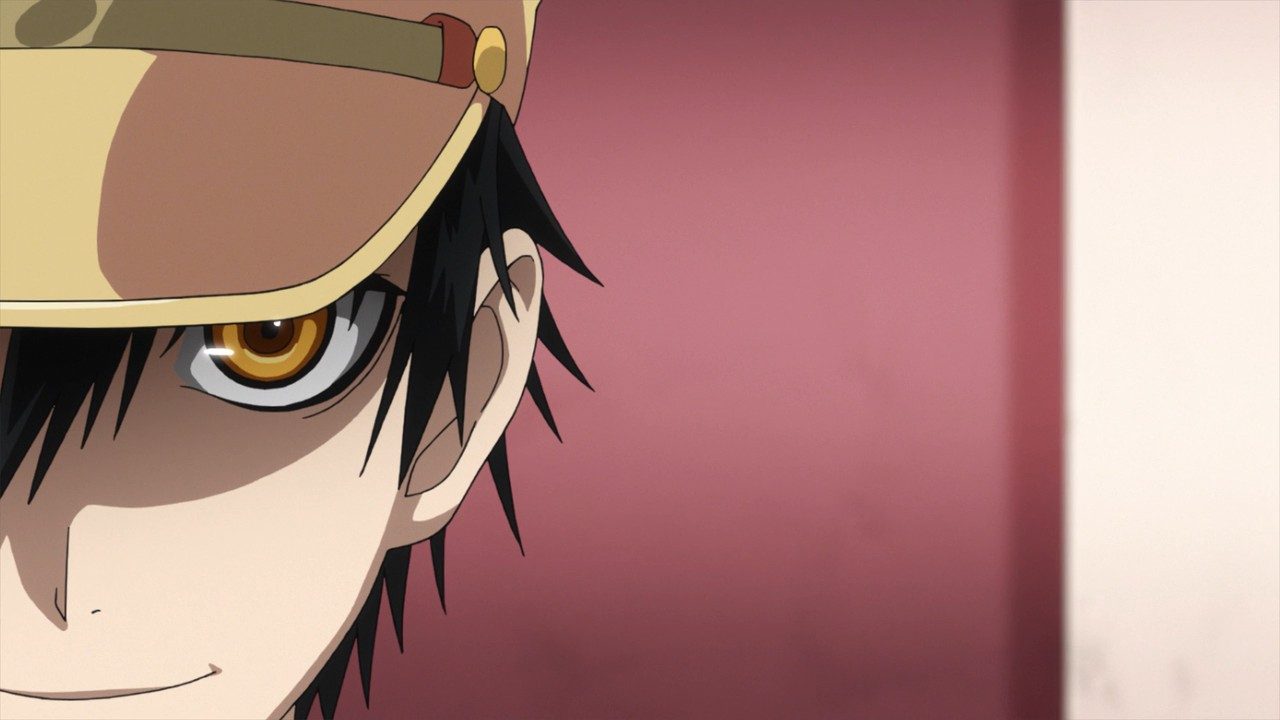
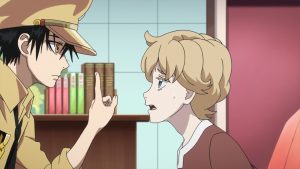

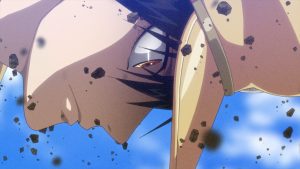
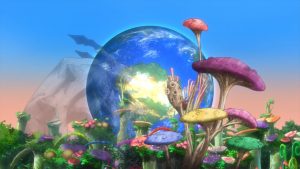

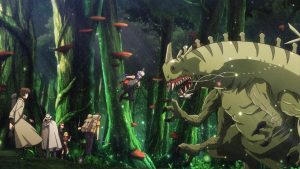
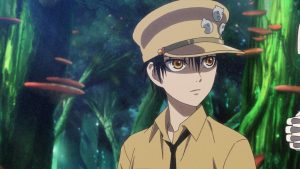
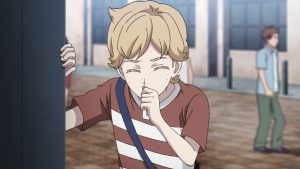
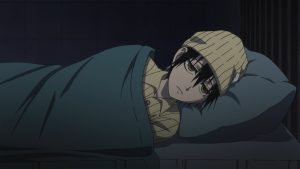
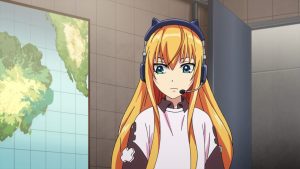
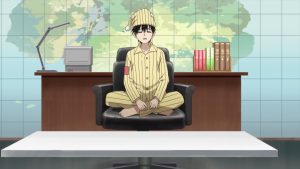
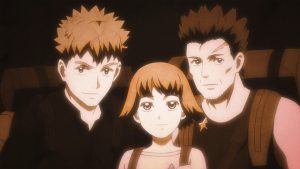
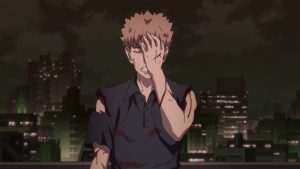
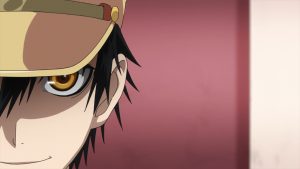
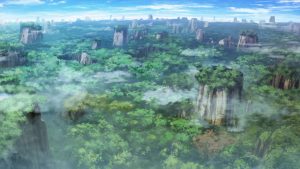
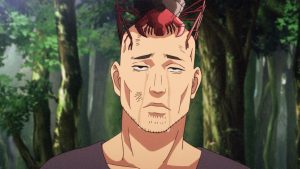
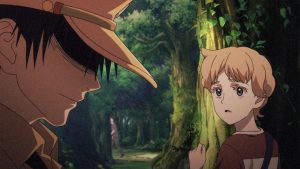
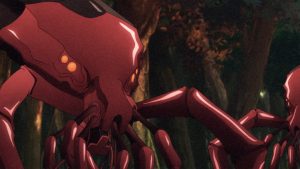
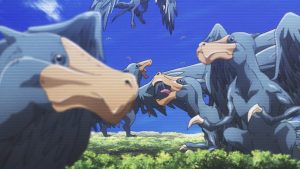
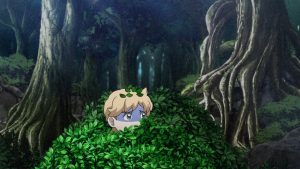

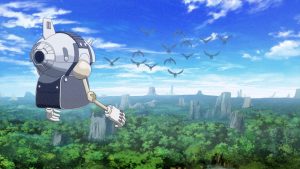
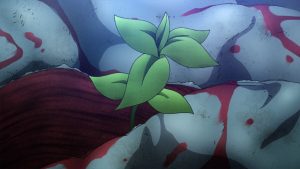
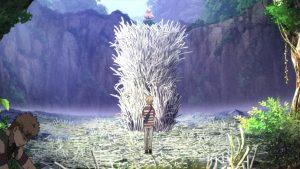
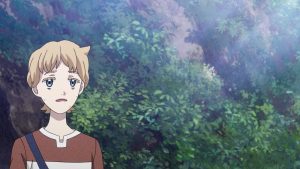
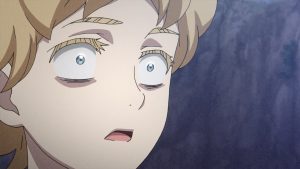

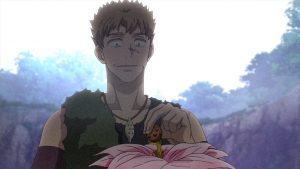
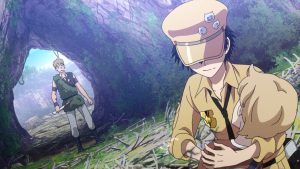

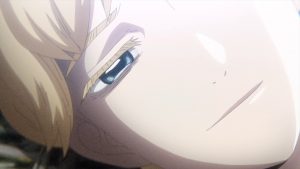
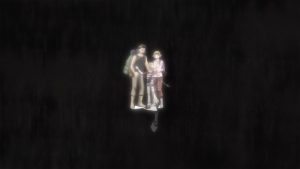
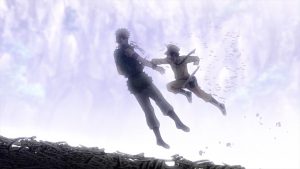
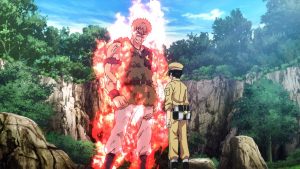
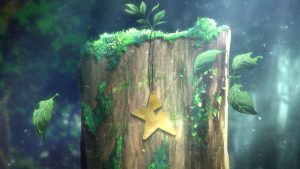



Arabesque
April 10, 2019 at 6:17 amMuch like you say, the history around the series itself is interesting and worth reading/knowing, but I guess the point where I diverge is that I think that’s really the only thing that caught my attention. My run in with the series in the past had left me kind of disengaged with it, and was more intrigued with what Shueisha/Jump was planning to do with the series rather than where the series was actually going with its story.
I would say “I’m looking forward to see how the anime improves on the story going forward” but given this is picked up by Netflix and a co-production by Chinese producers, I’m not holding my breath for any English release for a looooooong time, which pretty much impacts the convenience factor for me.
I do think that these types of co-productions are always fun to see unfold, and offer so much on different content than the ones that tend to dominate the anime scene. The French and Korean co-productions had always been really cool, even if they never took off as they could have.
Daienbyou himself as a creator is interesting because even though I wasn’t that impressed with his work, I know that many people had been and also that Magmel itself was (is) popular. One look into the anime and the names attached to it makes it clear this is meant to be close to an all star production. I also know it was always imagined Daienbyou would have been the first foreigner to make it into the print WSJ magazine back in the day, until Inagaki came along with Boichi and took that title when Dr. Stone got picked up.
Guardian Enzo
April 10, 2019 at 9:08 amHas a foreign writer ever made it into print with WSJ, or just an artist?
I still say the wrong “Magmel” got adapted, but I didn’t dislike the first episode. It’s mid-table at best but I’ll give it another week or two.
Arabesque
April 10, 2019 at 6:55 pmTechnically, there hadn’t been a foreign writer, and Bochi would be the first foreign artist in the print magazine. But at the same time , the assortment of manga that Bochi had drawn throughout his career makes it clear he is more than able to be his own writer (even if I think his writing stinks, but that’s beside the point). I guess the title of first solo foreign mangaka and first foreign writer is still on the table.
I didn’t hate the first episode either, but I did think it wasn’t anything impressive story wise. The history around the series is more intriguing to me than the history within the series. Like if they followed the creation of this series in Bakuman, I would probably be into it more.